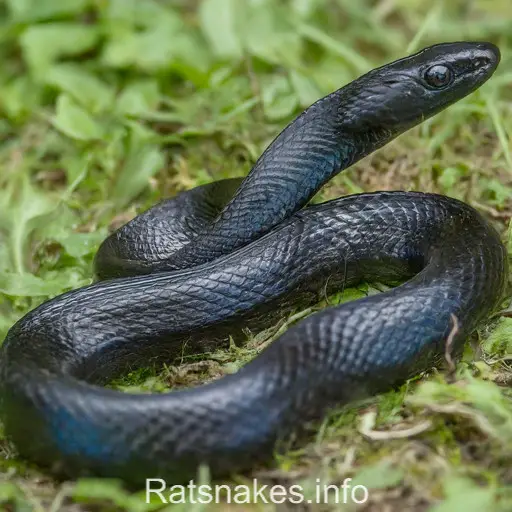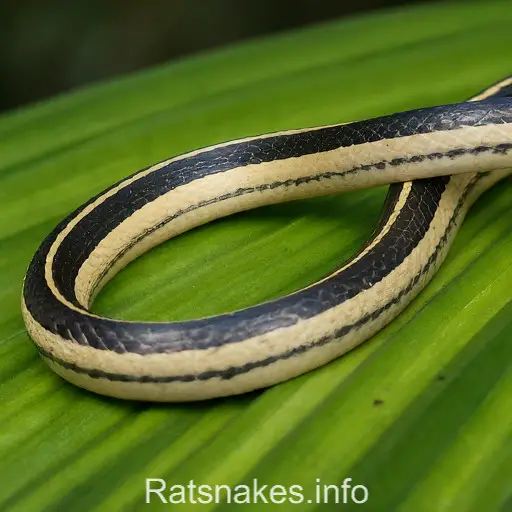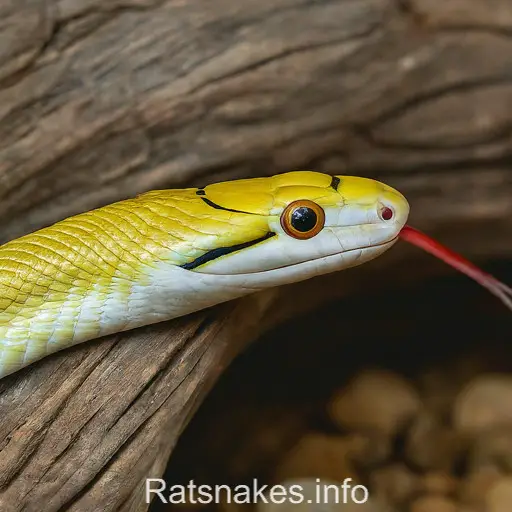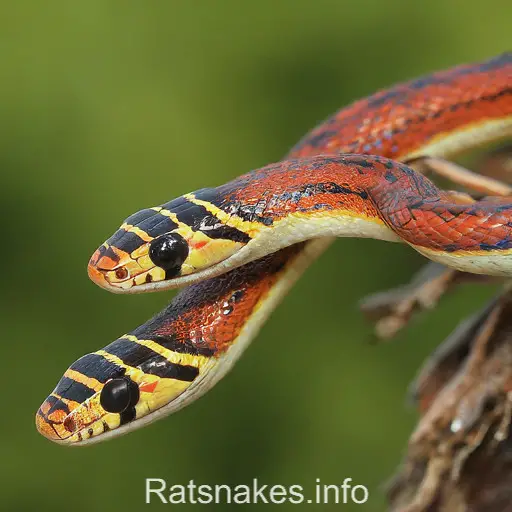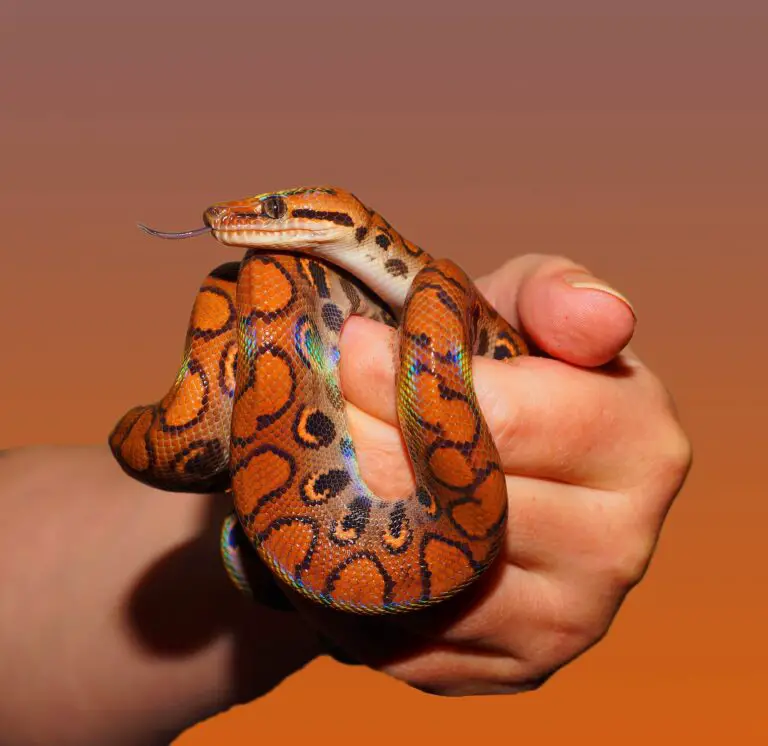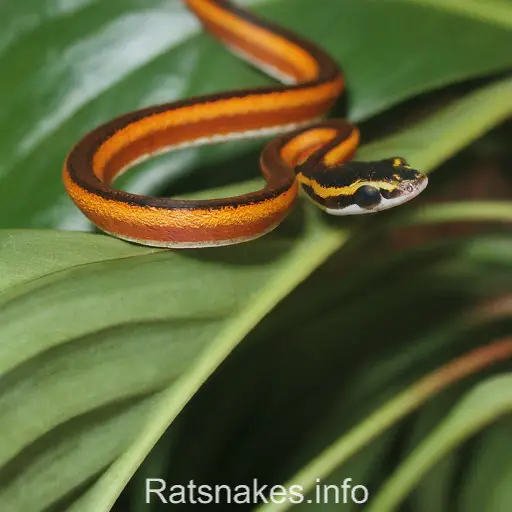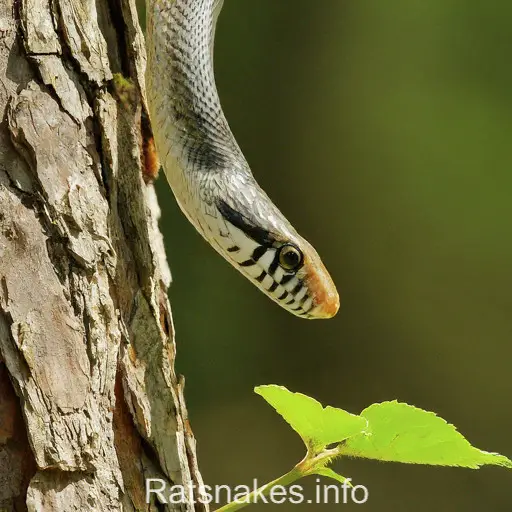
Are you curious about the fascinating Transcaucasian ratsnake? These elusive creatures are known for their striking appearance and unique behaviors. Join us as we delve into the world of these remarkable snakes and uncover the secrets of their habitat, diet, and more. From their vibrant scales to their hunting techniques, we’ll explore what makes the Transcaucasian ratsnake a truly captivating species.
With a range that spans across the Transcaucasian region, these snakes have adapted to diverse environments and have developed intriguing characteristics along the way. Our journey will take us through their natural habitats and shed light on how they survive and thrive in the wild. Stay with us as we uncover the mysteries of the Transcaucasian ratsnake and gain a deeper understanding of this enigmatic reptile.
Habitat of the Transcaucasian Ratsnake
The Transcaucasian ratsnake is primarily found in forested areas with dense vegetation and rocky terrain. They are also known to inhabit grasslands, shrubs, and bushy areas within their range. These adaptable snakes have been observed at elevations ranging from sea level to over 2,000 meters.
These snakes are non-venomous and are skilled climbers, often seeking refuge in trees to escape predators and regulate their body temperature. The Transcaucasian ratsnake is a nocturnal species, preferring to hunt and move during the cooler hours of the night.
In their natural habitat, these snakes are opportunistic feeders, preying on a variety of small mammals, birds, eggs, and insects. Their ability to thrive in a range of habitats speaks to their adaptability and survival instincts in the ever-changing environments of the Transcaucasian region.
| Elevation Range | Sea level to over 2,000 meters |
|---|
Diet of the Transcaucasian Ratsnake
When it comes to diet, the Transcaucasian ratsnake is known for being an opportunistic feeder. These snakes have a diverse range of prey items in their menu, showcasing their adaptability to various environments. Here’s a glimpse into what these snakes typically consume:
- Small Mammals: Rats, mice, and other small rodents are a significant part of the Transcaucasian ratsnake’s diet.
- Birds: Young birds and bird eggs are also on the menu for these opportunistic feeders.
- Insects: As skilled hunters, the Transcaucasian ratsnake preys on a variety of insects found in their habitat.
- Amphibians: Frogs and other amphibians make occasional appearances in the diet of these snakes, especially near water bodies.
The ability to consume such a diverse range of prey items underscores the adaptability and survival skills of the Transcaucasian ratsnake in the varied ecosystems of the region.
Unique Characteristics and Behaviors
When it comes to the Transcaucasian ratsnake, there are several unique characteristics and behaviors that make this species fascinating to study. One of the most distinctive features is its iridescent scales that shimmer in the sunlight, providing excellent camouflage in its natural habitat. These scales not only serve a practical purpose but also add to the snake’s aesthetic appeal.
Mimicry is another interesting behavior observed in the Transcaucasian ratsnake. This species has the ability to mimic the appearance and behavior of venomous snakes, deterring potential predators. By mimicking more dangerous species, the Transcaucasian ratsnake can protect itself and avoid confrontation with larger predators.
In terms of reproduction, the Transcaucasian ratsnake exhibits unique behaviors. Females are known to lay clutches of eggs in hidden locations, such as hollow logs or underground burrows, to protect them from predators. Once the eggs hatch, the mother plays no role in caring for the young, highlighting the self-sufficiency of this species from an early age.
The Transcaucasian ratsnake’s dietary habits also set it apart from other species. While they primarily prey on small mammals and birds, these snakes have been known to consume a wide variety of prey items, showcasing their adaptability and opportunistic feeding behavior. This diverse diet contributes to their overall success in surviving and thriving in different environments within the Transcaucasian region.
Adaptations to Diverse Environments
When it comes to surviving in a multitude of environments, the Transcaucasian ratsnake truly shines. Adaptation is key for this remarkable reptile, allowing it to thrive in various habitats. Here are some fascinating insights into how this species has adapted to diverse environments:
- Thermoregulation: The ratsnake has mastered the art of thermoregulation, enabling it to regulate its body temperature effectively across different climates. This adaptability ensures that the snake can remain active and hunt efficiently, regardless of external conditions.
- Camouflage: One of the most striking adaptations of the Transcaucasian ratsnake is its remarkable camouflage. The iridescent scales of this snake not only help it blend seamlessly into its surroundings but also aid in mimicking the appearance of venomous snakes, providing a clever defense mechanism against predators.
- Dietary Flexibility: Another crucial adaptation of this species is its dietary flexibility. The ratsnake’s diverse diet includes rodents, birds, amphibians, and even insects. This opportunistic feeding behavior allows the snake to make the most of its environment, ensuring a steady food supply regardless of location.
- Behavioral Resilience: In addition to its physical adaptations, the Transcaucasian ratsnake demonstrates remarkable behavioral resilience. From laying eggs in hidden locations to exhibiting minimal maternal care post-hatching, these behaviors contribute to the snake’s ability to thrive in challenging environments.
- Habitat Selection: The ratsnake’s habitat selection is also key to its survival in diverse environments. From rocky outcrops to forested areas, this species shows a remarkable ability to adapt to different landscapes, showcasing its resilience and versatility.
The Transcaucasian ratsnake stands out as a true survivor, thanks to its extraordinary adaptations to diverse environments. Each aspect of its biology and behavior reflects a species that has successfully conquered the challenges of its surroundings.
Key Takeaways
- The Transcaucasian ratsnake is primarily found in forested areas, grasslands, and rocky terrains within the Transcaucasian region, showcasing adaptability to diverse environments.
- They are non-venomous, skilled climbers, and nocturnal hunters, preying on small mammals, birds, eggs, and insects in their natural habitat.
- Their diet includes small mammals, birds, insects, and amphibians, highlighting their opportunistic feeding behavior and adaptability to varied ecosystems.
- Unique characteristics like iridescent scales for camouflage, mimicry of venomous snakes for protection, and self-sufficiency in reproduction make them fascinating to study.
- Adaptations such as thermoregulation, camouflage, dietary flexibility, behavioral resilience, and habitat selection enable the Transcaucasian ratsnake to thrive in different landscapes and climates.
Conclusion
The Transcaucasian ratsnake’s remarkable adaptations showcase its resilience and survival skills in diverse environments. From its mastery of thermoregulation to its effective camouflage and flexible diet, this snake has evolved to thrive across various climates. Its habitat selection in rocky outcrops and forested areas further demonstrates its ability to conquer challenging terrains. The Transcaucasian ratsnake’s unique characteristics make it a fascinating species that continues to intrigue researchers and nature enthusiasts alike.

